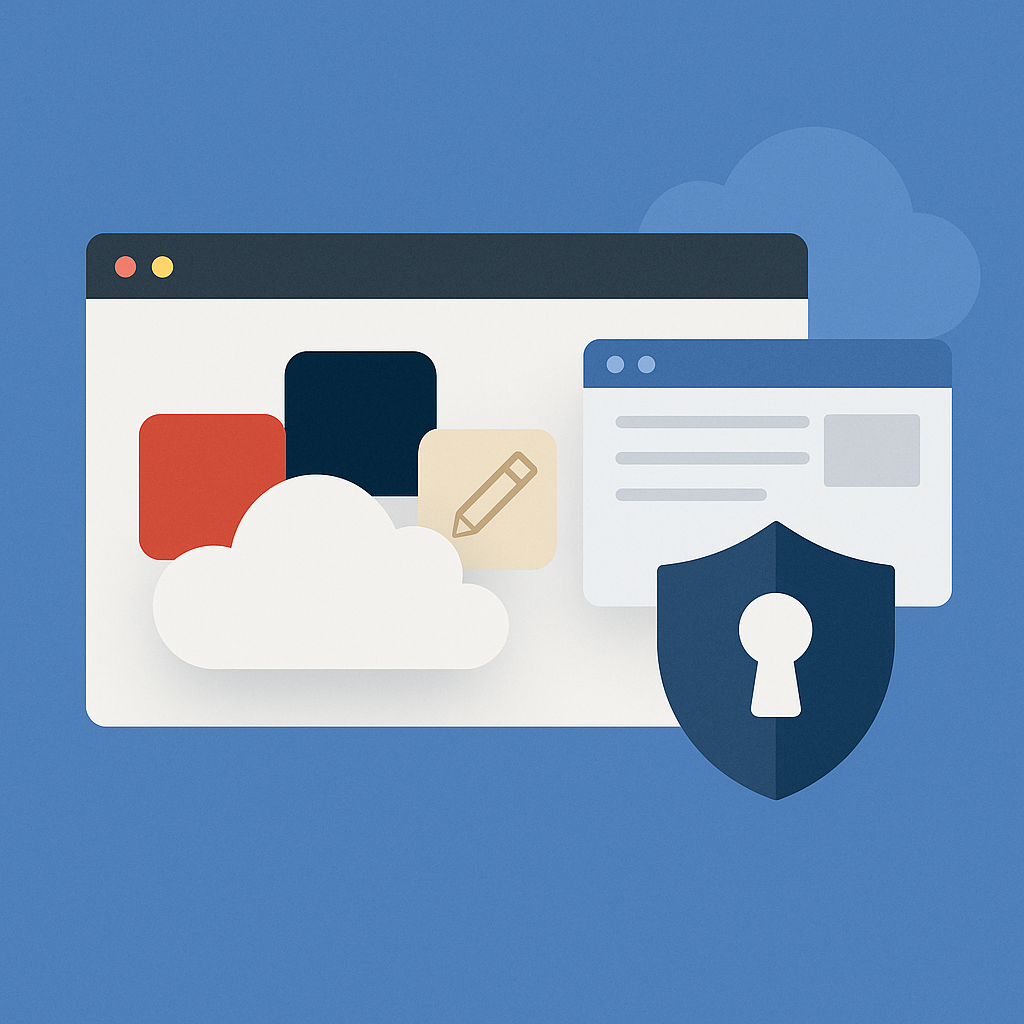In today’s fast paced, mobile and hyper-connected world, businesses have to move fast. Rapidly changing technologies and increasingly tech-savvy end users require companies to take new approaches to their respective digital transformation strategies. To be successful, business leaders need to approach IT transformation as an ongoing journey. This requires organizations to be agile—arguably more so in the end user computing (EUC) space, which is going through a massive change as desktop virtualization and the cloud become the norm.
What’s influencing digital transformation in EUC?
The rapid proliferation of mobile devices and consumerization of IT are the two megatrends that are shaping how we all live and work. We all want on-demand access to data and services from whatever device we choose and wherever we are on the network. That’s the easy part to grasp. However, there are more granular considerations to make when developing a solid EUC strategy. Let’s dig in deeper.
- End user experience – Today’s end users—particularly the digital natives that have now become the majority in the workforce—have high expectations when it comes to technology in the workplace. Companies that can’t provide them with the same experience they get as a consumer will have a difficult time attracting and retaining talent. It’s not just about the technology and tools, either. Companies must be able to personalize the experience for employees through a mix of information, applications and collaboration according to their individual role, location and duties within the organization.
- Mobile devices – Today’s workforce is on the go. They demand the ability to work from multiple devices—whether personal or company-owned―and wherever they are. By adopting mobile devices, businesses can provide workers with more flexibility and the ability to do their jobs more efficiently. Mobile devices in the workplace also improve communications and collaboration. For instance, workers can respond to time-sensitive matters more quickly—which ultimately benefits customer relationships, and the bottom line.
- Self-service support – Today’s employees are increasingly a do-it-yourself bunch. They are willing to resolve any technology issues they are experiencing on their own, and as quickly and painlessly as possible in order to stay productive. This not only gives employees a sense of control and empowerment over their experience, but frees up IT pros to focus on more strategic and innovative projects. It also reduces the overall operational costs of a support desk.
- Security – It’s what keeps IT up at night, and the end user is the weakest link. Hackers are fully aware of this, and are targeting employees with increasingly sophisticated phishing and malware attacks through email and web browsers. As businesses become more mobile, and end users access critical corporate data and assets from multiple devices, they must implement tighter and more advanced security solutions. It’s a complicated—but imperative—balancing act that not only requires organizations to implement the right technology, but also educate employees on how to identify risks.
- Costs – IT departments are under a lot of pressure from management. On one hand, they are being asked to provide more strategic value to the business. On the other, they are being asked to do so with less money. The simple fact is, to stay competitive in today’s market, IT needs to do both of these things to ensure that the business can survive.
Enabling digital transformation through cloud-hosted DaaS
There’s a lot to consider when planning for and executing a successful digital transformation strategy and it’s no simple feat to do so in-house. The good news is that you don’t have to reinvent the wheel. Desktop virtualization enables companies to deliver the experience users expect and meet many of the security and management requirements IT faces today. However, traditional desktop virtualization is extremely complex to deploy and manage, and super expensive.
This is where deploying a desktops-as-a-service (DaaS) solution on a hyperscale cloud like Google Cloud Platform (GCP) comes into play. With an automated, software-only DaaS migration and management platform like itopia Cloud Automation Stack (CAS), businesses can easily migrate to and manage desktops and applications on GCP at a much lower price point. Security and resiliency are built into the environment through GCP’s state of the art infrastructure and network. End users can access applications and data they need from any device and wherever they are, as long as IT pros have given them access through CAS. In addition, self-service support is simple through CAS’s integration with Zendesk and ConnectWise.
As mentioned before, digital transformation is an ongoing journey. Here, we’ve touched on some of the most current and key components to help businesses build a successful EUC strategy. As it stands now—and for the foreseeable future—we’re living in a user-centric world. Cloud-hosted DaaS is enabling organizations to deliver the experience today’s user expect, with the security, control and costs businesses need to survive. Stay tuned for more developments in the space.
Want to learn more about migrating your desktops and apps to Google Cloud? Schedule a demo.



